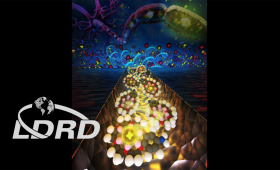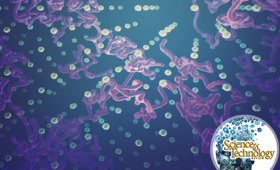New research shows that synthetic solid-state nanopores can have finely tuned transport behaviors much like the biological channels that allow a neuron to fire.
Science and Technology
in the News
Science and Technology
in the News
News Center
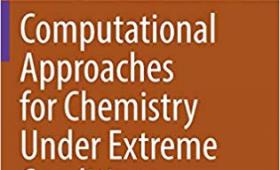
This book presents recently developed computational approaches for the study of reactive materials under extreme physical and thermodynamic conditions.
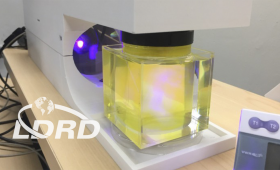
Researchers have developed a new high-speed 3D printing method called Computed Axial Lithography.
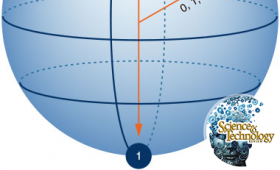
Livermore scientists have been researching and developing quantum systems for a decade
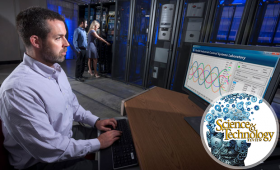
Livermore scientists are developing software to protect the electric grid from cyberattack

Virtual reality technology finds real-world applications at the National Ignition Facility.
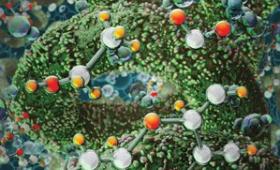
We report the use of freeze-dried live cells as the solid filler to enable a new living material system for direct ink writing of catalytically active microorganisms with tunable densities and various self-supporting porous 3D geometries.
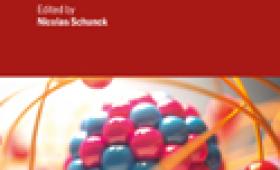
Nicolas Schunck, from the Nuclear Data and Theory Group in NACS, has edited a new book entitled Energy Density Functional Theory for Atomic Nuclei.
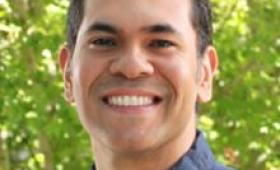
Ignacio Laguna was selected as one of four 2019 Better Scientific Software Fellows, recognizing his leadership and advocacy of high-quality scientific software.


